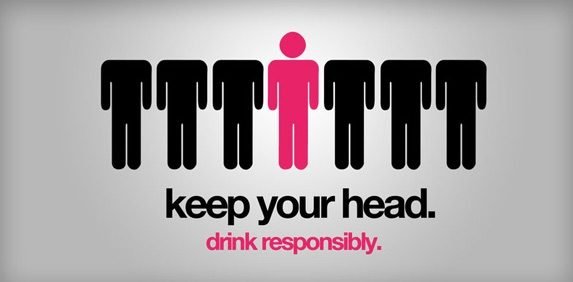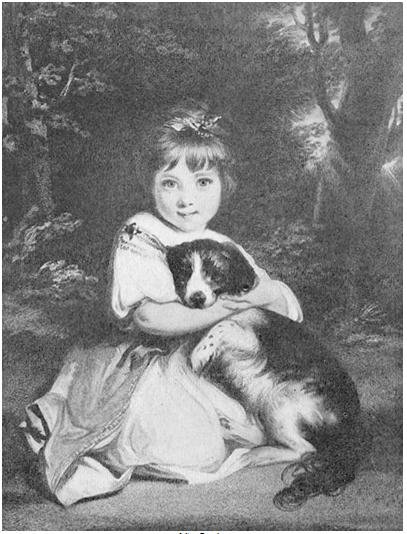An advertisement or and advert or ad is a promotional display of a product, brand or service. It main purpose is to attract interest, inform, invite response for vacancies for a company, persuade customers, remind, create awareness and gain sales.
They are placed in popular magazines, newspapers, internet and as video clips in television. Advertisement is a form of marketing made by a company, individual, special interest group, government, schools, etc. They choose the message and content on an advertisement. The readers of advertisement are the audience. The creator of the advertisement intends to reach a wide audience and hope that the advertisement makes the impact it should on the reader.
An advertisement can take the form of a form, like a flier, a text that you receive on a phone or see in the newspaper classified section, on billboards and even a banner (like the ones you see hanging in some open spaces). Advertisement is also found in link on the page of a website. They are many. You see advertisement everywhere you go, and so you should know how to analyze an advertisement to understand the message before it is accepted.
HOW TO ANALYZE AN ADVERTISEMENT
In general, you should consider three questions to help you analyze an advertisement
- What does the text say?
- what does the image say?
- Who is the magazine’s/newspaper’s/billboard’s target market?
Advert for Discussion:
Questions:
- What does the text say?
- What does the image say?
- Who is the target market?
- What is the purpose of this ad?
- Who is in this ad?
PERSUASIVE ADVERTISEMENTS
Advertisements designed to get you to act a certain way, usually to purchase a product are called persuasive advertisements.
Words play a big role in helping us buy a product or provoke an emotion. Here are some words and phrases that prove to persuade people to do something: guaranteed, exclusive, easy, limited, get, best-selling, cancel any time, you, suddenly, endorse, money back guaranteed, no questions ask, improvements, cancel anytime, no obligation, no strings attached, official, protected, proven, amazing, no risk, now, come along, become a member, popular, and because. These words get the reader’s attention.
Consider the following ads:

The ad above is a simple ad. It compares two things, yet shows the products in a contrasting layout. It is placed side to side, and can be read normally, left to right. this is an effective ad. It main purpose is to get the reader thinking and acting in a way to protect themselves. The ad uses words like work and wear to stress two ways you protect yourself. One, you protect yourself at a job site with a helmet, and two you protect yourself from a contagious disease. Both are important apparels, worn differently, and for different purposes. The ad is effect as it gets the reader to think a bit more about his or her safety and how the reader can consciously be responsible for their own safety.
Observe the next ad.
- What is this ad about?
- What are the words that can persuade the reader?
- What does the creator of the ad wants the reader to do?
- What is the purpose of the two colours in this ad?
- What factual information is implied in this ad?

It is important that you recognize persuasive language.
CAN YOU TRUST ADVERTISEMENTS
Everyone find advertisement untrustworthy. Many people are suspicious about ads and may think that they could be quite misleading.
How do the surveys measure people’s trust in ads? Let’s look here:
- 90% of consumers make purchases after seeing or hearing an ad.
- 60 % of consumers view TV ad more before making a purchase.
- Traditional mediums of advertising are more trustworthy. Online and social media are least trustworthy advertising mediums.
- Advertising influence people between the ages 18-34 the most. (source)
There are unproven message in many ads. Listen to the following clips and discuss them in your class.
SO, WHO DO YOU TRUST?
Observe the advertisement below. Do you think this ad is trustworthy? Why do you say that?
Source of ad: “DDT Is Good for Me-e-e!,” July 30, 1947. Science History Institute. Philadelphia. https://digital.sciencehistory.org/works/1831ck18w.
A DISCUSSION:
Observe the ad below. Analyze it.
- What does the text say?
- what does the image say?
- Who is the target market?
- What is this ad about?
- What are the words that can persuade the reader?
- What does the creator of the ad wants the reader to do?
- What is the purpose of the colours in this ad?
- What factual information is implied in this ad?

When you are done, consider the following:
- Can you prove that video games cause violence?
- Do you think violent people are drawn to violent games?
- Do you think that violent games keeps violent youths from committing violence acts and so reduce violent social acts?
MEDIA TEXT
A media text and any representation or description of the world presented and constructed into text. The text therefore could be and advertisement, a poem, a book, a poster, a popular programme and even a song. We could discuss a cartoon, a fairy tale, a newspaper article, a music video or a prehistoric rock.
A media text is produced with a very specific purpose. For instance, news programs are meant to inform; television shows like Sponge Bob is meant to entertain, and an advertisement is meant to sell you a product or convince you to do something.
All media text is directed towards a specific audience and are constructed in such a way to appeal to certain people.
Discussion: Observe the media text below then answer the questions. The actual quiz is shown below.

- What is Arbor Day?
- Who is the Arbor Society?
- Who is the Local Village Council?
- What does the image say?
- Who is the target market?
- What is this ad about?
- What is the purpose of the colours in this ad?
- What values are being promoted in this text?
- What would you do if you are interested in joining the Arbor Society?
All pictures tell a story. Observe pictures you see in print and online and try to understand the message it wish to relay to you.
ACTIVITY: PICTURE ANALYSIS
Have a good look at the picture below. Use the questions below to help you while you do this exercise. In a notebook write answers to these questions. Only when you have done this, click the box below to read more about the picture. Finally, compare what you thought about the photo to what you you have now read.

QUESTIONS:
- What is the little girl in this picture doing?
- Why does she keep such fast hold of the little dog?
- Where do you think they are?
- Do you think she looks happy or frightened? Why?
- What has she in her hair? How is she dressed?
- What makes you think you would like to play with her?
- What do you think they have been doing? Where have they been playing?
- Do you like this picture? Why?
